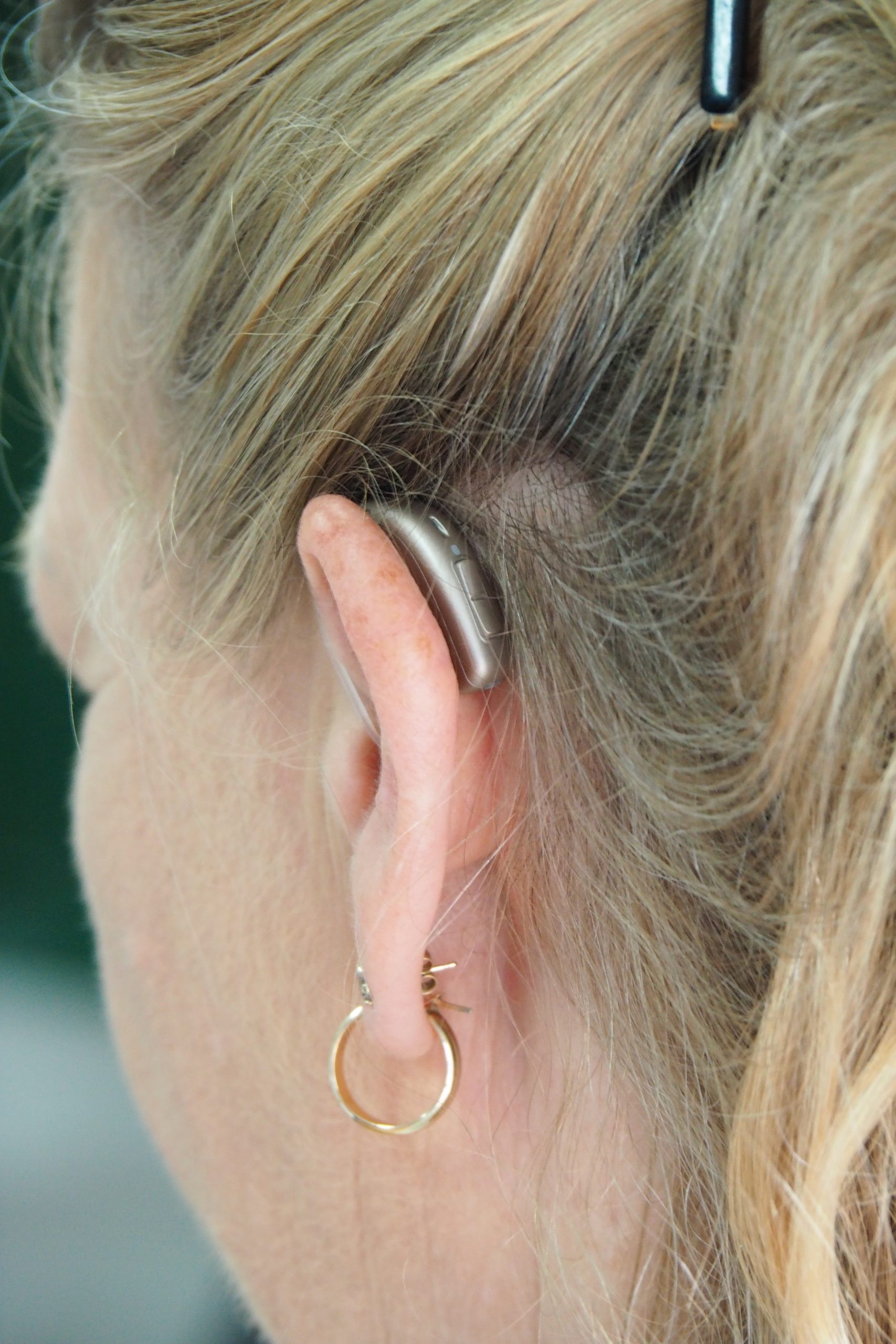Hearing aids have come a long way since their invention in the 17th century. From being large, cumbersome devices that amplified sound indiscriminately to being small, sleek devices that can adjust to different environments, the evolution of hearing aids has been nothing short of remarkable. Today, hearing aids are not just devices to help people hear better, but they are also fashionable and customizable accessories that can be adapted to meet different user needs.
The earliest hearing aids were known as ear trumpets. They were simple devices made of metal or wood, shaped like a horn or trumpet, and designed to amplify sound. Ear trumpets were used widely in the 18th and 19th centuries, but their use declined in the 20th century with the advent of electronic hearing aids.
The first electronic hearing aid was invented in 1898 by Miller Reese Hutchison. The device was bulky and could only amplify sound, but it was a significant improvement over the ear trumpet. Over the next few decades, hearing aids continued to evolve, with the introduction of vacuum tube technology in the 1920s and transistor technology in the 1950s.
With the advent of digital technology in the 1980s, hearing aids underwent a significant transformation. Digital hearing aids offered better sound quality, more precise amplification, and the ability to filter out background noise. They were also smaller, more discreet, and could be programmed to meet different user needs.
Today, hearing aids are more advanced than ever before. They come in a variety of styles, including behind-the-ear (BTE), in-the-ear (ITE), and invisible-in-canal (IIC) styles. BTE hearing aids are worn behind the ear and are connected to a custom earpiece that fits in the ear canal. ITE hearing aids are custom-molded to fit the shape of the user’s ear and sit in the ear canal. IIC hearing aids are the smallest and most discreet hearing aids available and sit deep in the ear canal.
Modern hearing aids also come with a range of features that can be customized to meet different user needs. Some hearing aids have directional microphones that can focus on sound in a specific direction, while others have telecoil technology that can pick up sounds from a telephone or other electronic device. Some hearing aids can even connect wirelessly to other devices, such as smartphones or televisions, to stream sound directly to the hearing aid.
One of the most significant trends in hearing aid technology today is the move towards personalized, adaptive technology. Adaptive hearing aids can adjust automatically to changing environments, such as switching to a different program when the user moves from a quiet room to a noisy restaurant. They can also learn and adapt to the user’s preferences over time, adjusting the volume and other settings based on the user’s habits and feedback.
The evolution of hearing aids has been driven by the changing needs of users. As hearing aids have become more advanced, they have also become more customizable, allowing users to choose the features and styles that best suit their individual needs. For people with hearing loss, modern hearing aids offer more than just improved hearing – they offer a new level of independence, comfort, and confidence in their daily lives.
In conclusion, the evolution of hearing aids has been a remarkable journey, from the early ear trumpets to the advanced, personalized technology available today. As technology continues to improve, we can expect hearing aids to become even more adaptive and customizable, offering a new level of comfort and convenience for users. The future of hearing aids is bright, and we can expect these devices to continue to evolve and improve, making life easier and more enjoyable for people with hearing loss.




